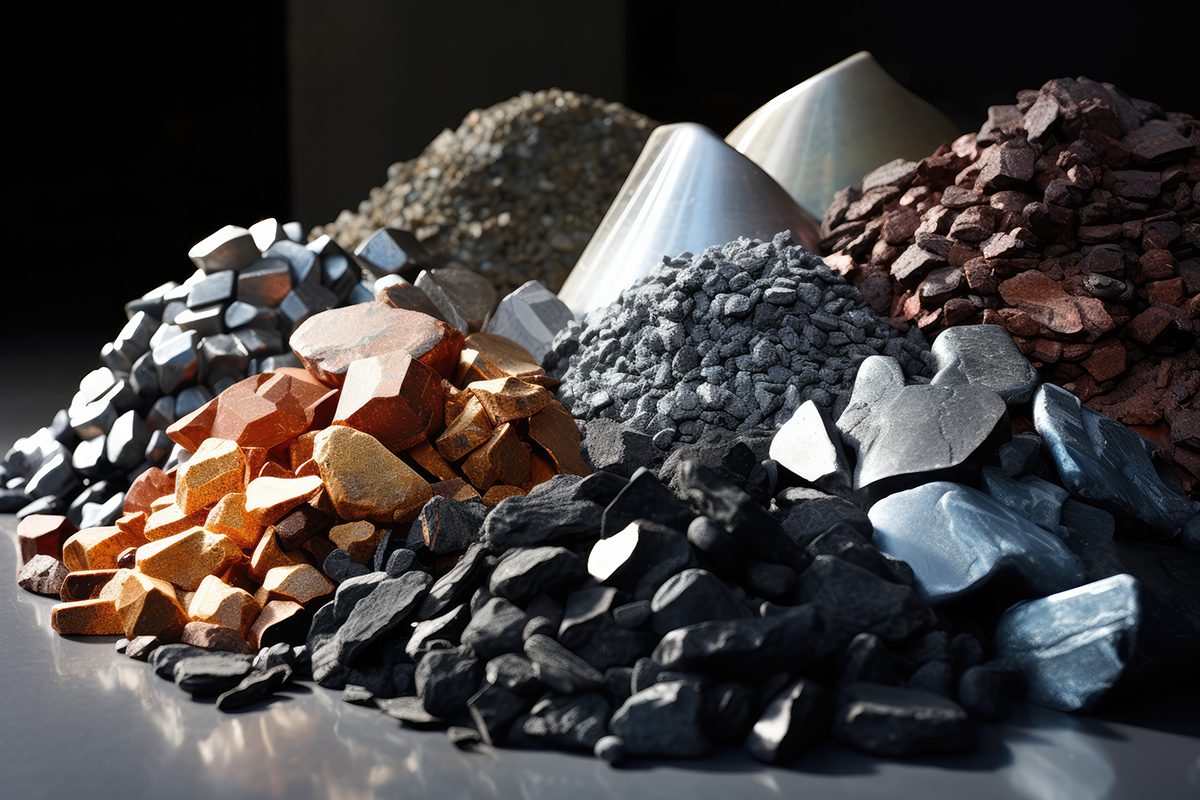Cobalt, graphite, lithium, manganese, nickel, and rare earths — familiar names that are critical to the production of electric vehicles (EVs). As the market transitions to meet the growing demand for renewable energy technologies, there is a parallel movement to produce and secure the materials needed to meet this influx. However, meeting this demand isn’t very straightforward. A typical EV requires six times the amount of minerals as an internal combustion engine vehicle. If the world were to meet net-zero goals by 2050, the mineral demand for use in EVs and battery storage would need to grow at least 30 times by 2040.
With the backdrop of an administration that has set a precedent of the “future of transportation is electric” and an ambitious target of 50% of EV sale shares in the U.S. by 2030, many question how and where these critical minerals will be sourced and processed. Of the 35 minerals classified as critical, the U.S. falls short on domestic production of 14 and is more than 50% import-reliant for 31. China currently leads the market for many critical minerals and rare earths, accounting for more than 70% of global EV battery production capacity.
Landmark initiatives like the Inflation Reduction Act, Bipartisan Infrastructure Law, CHIPS and Science Act, and Minerals Security Partnership have set the wheels in motion for helping U.S.-based EV and battery manufacturers benefit from a domestic boom and the safe import of these minerals. Under the Bipartisan Infrastructure Law, the U.S. Department of Energy (DOE) provided $6 billion to support domestic battery material processing, manufacturing, and recycling. Additionally, the Buy America requirements are another approach the U.S. government has instilled for boosting domestic production and moving away from import reliance.
This overall shift is demonstrated in new revenue procedures released from the Internal Revenue Service (IRS) in December 2023. These procedures update the 30D clean vehicle credit and change provisions for qualified manufacturers. Beginning January 1, 2025, vehicles will not be eligible for the clean vehicle credit if the battery contains battery components manufactured or assembled, or applicable critical minerals extracted, processed, or recycled, by a foreign entity of concern (FEOC). Additionally, qualified manufacturers must provide information to the IRS to establish a compliant-battery ledger for each calendar year. This ledger will track a qualified manufacturer’s anticipated supply of batteries that are FEOC-compliant. What determines a FEOC is still being determined by the federal government. Proposed guidance from the DOE details five grounds of consideration for labeling a FEOC and names the ultimately excluded FEOCs as “covered nations,” which are listed as China, Russia, North Korea, and Iran.
While these new procedures and standards have good intentions, meeting them will be a different story. Going forward, EV and battery manufacturers will likely need to make drastic changes to their current operations to meet these new requirements. While these current regulations are primarily for light duty vehicles, there is a probable near-term shift to focus on medium- and heavy-duty vehicles. Now is the time to understand these regulations, the long-term strategic goals of the U.S. government, and make sure that operations are prepared to utilize these critical minerals safely and securely.
Could your fleet, firm, agency, or organization use support in navigating these regulations and policies?
GNA, a TRC Company, is North America’s leading clean transportation and energy consulting firm and our team is here to help. Reach out if you would like to strategize around clean transportation.



